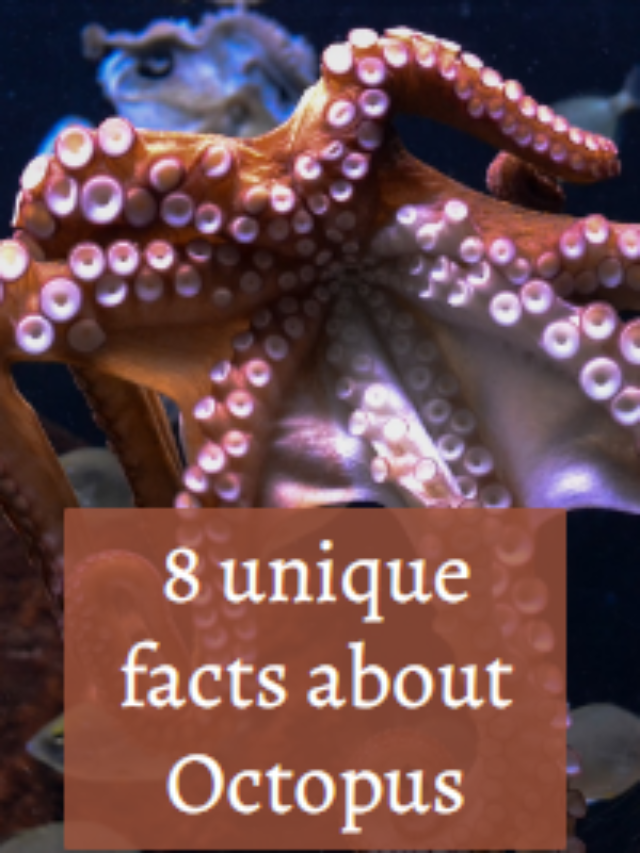Chilling is a process, the application of which in commercial slaughter houses is essential (mandatory in many developed countries) for carcasses and offals after the slaughter, unless otherwise the hot processing of meat is required. Chilling removes the body heat of the carcass and thus prolongs the shelf life of meat with the help of low temperature. It retards the microbial growth in meat and also slows down the enzymatic and chemical reactions in order to avoid deterioration and spoilage. The carcasses are passed on to the chilling room as soon as the post-mortem examination is completed.
Conditions to be met during chilling of dressed carcasses:
- Chilling room temperature should be maintained between -1 to 3oC with a relative humidity of 88-90 percent. The temperature of the chilling room should always be above -1.4oC (freezing point of meat) to avoid freezing of meat.
- The temperature of carcasses must be brought close to the freezing point of meat as quickly as possible.
- The EU (European Union) regulations recommend that meat must be chilled immediately after post-mortem inspection and must be kept at a constant temperature of not more than + 7oC for carcasses and cuts and + 3oC for offals.
- High temperatures, air velocities, and low relative humidity increase weight loss due to drying out.
- It has been estimated that beef carcasses stored in chill rooms can lose weight as much as 0.1% per day while lambs can lose 0.5% in a RH of 90%.
- Higher air circulation rates (70 to 110 times the room volume per hour) tend to reduce both temperature and surface water vapor of the carcass and hence loss of weight is lesser.
- Carcasses should not be allowed to come in direct contact with each other.
- A temperature of +7oC appears to be suitable for initial chilling with mean air speed above 0.75 m/sec while for storage, a temperature of -1oC to + 5oC with a RH of below 95% for less than 72 hours storage and for greater durations, RH below 90% is recommended.
Procedure for Commercial practice of chilling carcasses
A. Procedure for chilling of dressed beef/mutton/pork whole carcass/ halves/quarters
The carcasses immediately after the slaughter and subsequent postmortem inspection are sent from the dressing hall through the overhead moving dressing rails connecting to the chilling rail into the chilling room adjacent to the dressing room for cooling and removal of body heat. Once the carcasses or halves or quarters as the case may be are hung over the chill rails as per the capacity, the slit or the opening connecting to the dressing room is closed and the door of the chill room is locked. The temperature, relative humidity, and air velocity are already set as per the requirements of the chilling rate. The temperature and relative humidity are checked on a thermometer and manometer respectively, displayed outside the chill room wall. The ultimate desired temperature of around 7oC will take time, depending upon the thickness of the carcass. In the thick beef round of a heavy carcass, it will take 48h to reach this temperature although the surface will shortly reach 7oC. Small carcasses of veal, mutton, lamb, and pork will attain this temperature within 24 h. The rail spacing required is 0.9 m for cattle and 0.5 m for sheep and goats and the space between hanging carcasses of all types is 30-40 cm. A temperature of +7oC appears to be suitable for initial chilling with mean air speed above 0.75 m/sec while for storage, a temperature of -1oC to +5oC with a RH of below 95% for less than 72 hours storage and for greater durations, RH below 90% is recommended. The chilled carcasses after chilling are marketed and carried in refrigerated vans to retailers or sent to frozen storage in the adjacent freezing room.
Cooler rail height in chilling or cooler room
| Species | Height |
| Cattle | 3.30m (11’) |
| Sheep & Goat | 1.81m (6.5’) |
| Pig | 2.7m (9’) |
| Horse | 2.7m (12.5’) |
Procedure for chilling dressed poultry:
- Poultry carcasses are subjected to chilling immediately after evisceration to lower the temperature from 37o – 41oC to 5-7oC.
- Chilling is done with the help of chilling ice/water mixture or chilled air. Care is taken to avoid extremely rapid cooling so as to rule out cold shortening of muscles. Hence, slush ice (water and ice mixture as 1:1 ratio) is the widely accepted medium used for chilling poultry carcasses.
- Immersion chilling is done by two methods: i. Still water chilling (chilling done in still water) and ii. Mechanically agitated water chilling.
- Cross-contamination of carcasses can be checked by adding chlorine in the chilling water to the extent of 25-50 ppm.
- The uptake of water by the carcasses may go up to 9% depending upon the weight of the carcass and time spent in the chiller. This should be controlled in accordance with the guidelines laid down by different regulatory authorities (6-8.7% in USDA).
Different changes occurring during the chilling of carcasses:
Meat undergoes certain superficial changes as a result of chilling like shrinkage, sweating and loss of bloom.
1. Chiller shrinkage
Chiller shrinkage is defined as the loss of weight due to air chilling of the carcass in the first 24 hours.
Chiller Shrinkage occurs as a result of the evaporation of water from the meat surface. A freshly killed carcass dissipates body heat slowly, usually 1.5 to 2.0% of weight by evaporation during the first 24 hours of hanging. Further loss of weight during storage depends on the temperature, humidity of the storage room, and air speed; the drier the air, the greater the evaporation.
2. Sweating
Sweating refers to the condensation of water vapor on meat brought from a cold store into the ordinary room (at room temperature) and held there for sufficient time. The condensation occurs because the cold refrigerated carcass lowers the temperature of the air to below the dew point.
3. Loss of Bloom
Bloom is defined as the color and general appearance of the carcass surface when viewed through the semitransparent layer of connective tissue, muscle, and fat, which form the carcass surface.
If these tissues become moist, the collagen fibers in the connective tissue swell and become opaque and the meat surface assumes a dull, lifeless appearance. Loss of surface bloom in beef carcasses may also be caused by dehydration or undue oxidization, Muscular tissue also tends to become brownish on exposure to air as myoglobin changes to the brown pigment metmyoglobin, but the actual amount of exposed muscle in a side of beef is so small that is of little or no consequence.
FAQ’s
What should be the temperature and RH of chill room?
Chilling room temperature should be maintained between -1 to 3oC with a relative humidity of 88-90 percent. The temperature of the chilling room should always be above -1.4oC (freezing point of meat) to avoid freezing of meat.
What are EU regulations regarding chill room temperature for carcasses and offals?
The EU (European Union) regulations recommend that meat must be chilled immediately after post-mortem inspection and must be kept at a constant temperature of not more than + 7oC for carcasses and cuts and + 3oC for offals.
What is the freezing point of meat?
-1.4oC
What concentration of chlorine is used to prevent cross contamination of carcasses?
Cross-contamination of carcasses can be checked by adding chlorine in the chilling water to the extent of 25-50 ppm.
What is chiller shrinkage?
Chiller shrinkage is defined as the loss of weight due to air chilling of the carcass in the first 24 hours.





